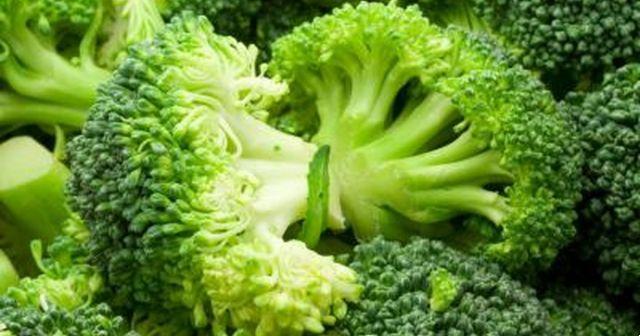
Seven meters, two floors of a house: not bad, in terms of height, right?
E a sports field of 300 square meters: quite a large area, right?
Seven meters long and with the surface of a sports field. What's this? Where? Inside of us and it is called intestine.
It is lined with another organ, which is called microbiota, made up of several billion bacteria.
We must take particular care of these two organs: without them we could not exist. How to keep them healthy? Let's start with food and the 10 best foods for the gut.
The 10 best foods for the gut
Irritable, bloated, in a bad mood… our intestines could have a bad temper, but not have all the blame for it.
Proper nutrition it will help him get better. Let's start with the 10 best foods:
- Yogurt with Probiotics: those enriched in live lactic ferments (I recommend, it must be specified on the label) they bring good bacteria that will support those already present in our intestine
- Flax seed freshly ground: but also salmon and walnuts, which are rich in Omega Three. Omega 3 have a strong anti-inflammatory activity in general and in particular on the intestinal mucosa, on which they act as an emollient facilitating intestinal transit
- EVO Oil, Extra Virgin Olive Oil: excellent for cleansing the intestines; it lubricates and nourishes the intestine from within and has the ability to convert insoluble fiber into highly digestible fiber. A teaspoon of EVO oil can also be used alone, as a real natural laxative
- Fennel: they are rich in fiber and have digestive and antispasmodic properties; help get rid of meteorism and aerophagia, to fight diarrhea, colic and intestinal cramps
- Kiwi: they favor and increase intestinal transit, useful in case of constipation
- Quince: cooked quince is one of the most suitable foods to promote intestinal regularity given its very high content of pectin, a soluble dietary fiber, which with an adequate amount of water promotes intestinal transit (remember to drink!)
- Oats: has a high content of soluble fibers that fight constipation, stimulate peristaltic movements and protect the intestinal flora
- Asparagus: they are named "scavengers of the intestine”Because of the delicate fibers they contain, which are very effective in stimulating and regulating intestinal transit.
- Whole grains: to promote intestinal function, it is advisable to increase the consumption of whole grains, which are richer in fiber (as well as minerals and vitamins) than refined ones.
- Acqua: it is not a food, of course, but it is essential to drink a lot of water, usually about two liters a day. Water is the best ally for the health of the intestine and, in general, of the whole organism. Water is essential in the bowel cleansing and care process as it eliminates toxins and residues left inside the colon.
The intestine: what and how
What it is: lintestine is a organ shaped like a tube, about 7 meters long, folded into loops, with seat in the abdomen.
Its inner surface is made from villi in turn composed of microvilli, to increase its surface.
It is divided into two main sections: small intestine and large intestine. About 500 different species of bacteria reside on its surface.
What does he do
In the first part of the intestine, just below the stomach, continues the digestion and begins theabsorption of the first nutrient molecules.
Then, in the small intestine, theabsorption of the remaining nutrients, which go into the bloodstream and from there to all organs of the body.
In the large intestine, the second portion of the intestine, occurs the reabsorption of water and mineral salts, while undigested food comes excreted in the form of feces, from the last section of the intestine (colorectal).
How does it do it
In the small intestine i digestive juices the digestion of food started in the stomach continues, until simple and easy to absorb molecules are obtained, such as sugars, fats, amino acids (deriving from the digestion of proteins).
In the large intestine occurs the main nutrient absorption, thanks to the intestinal wall with a large surface (about 300 square meters), composed of villi and microvilli and thanks to the action of bacteria of the intestinal flora.
In the final part of the intestine, through a process called osmosis, the water is reabsorbed, the mineral salts are reabsorbed and the undigested food is excreted with the faeces. All the passage of food along the intestinal “tube” occurs thanks to involuntary contractions of the smooth muscles of the intestine, called peristalsis.
Gut bacterial flora: how to take care of it
To learn more:
> The intestine treated with phytotherapy


























